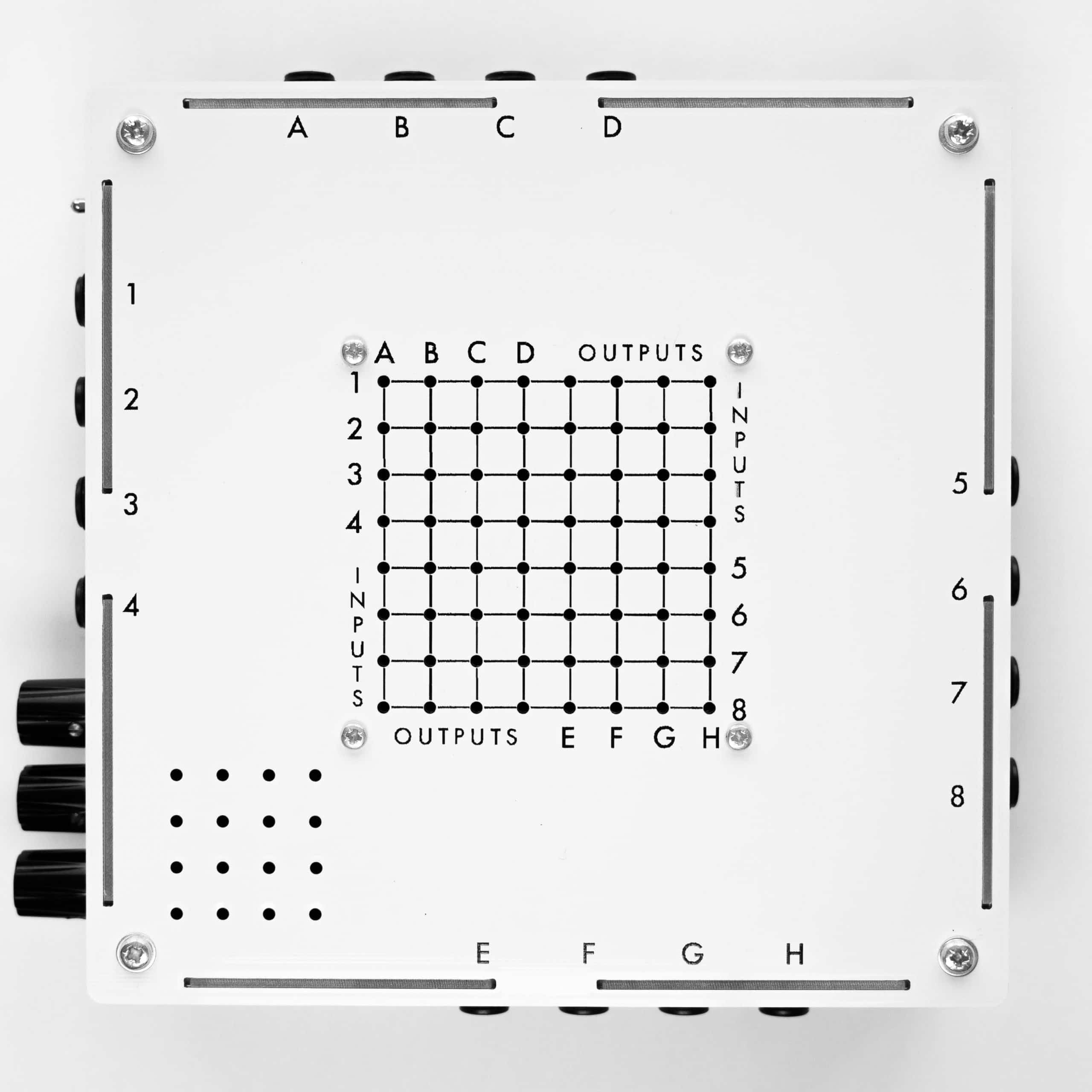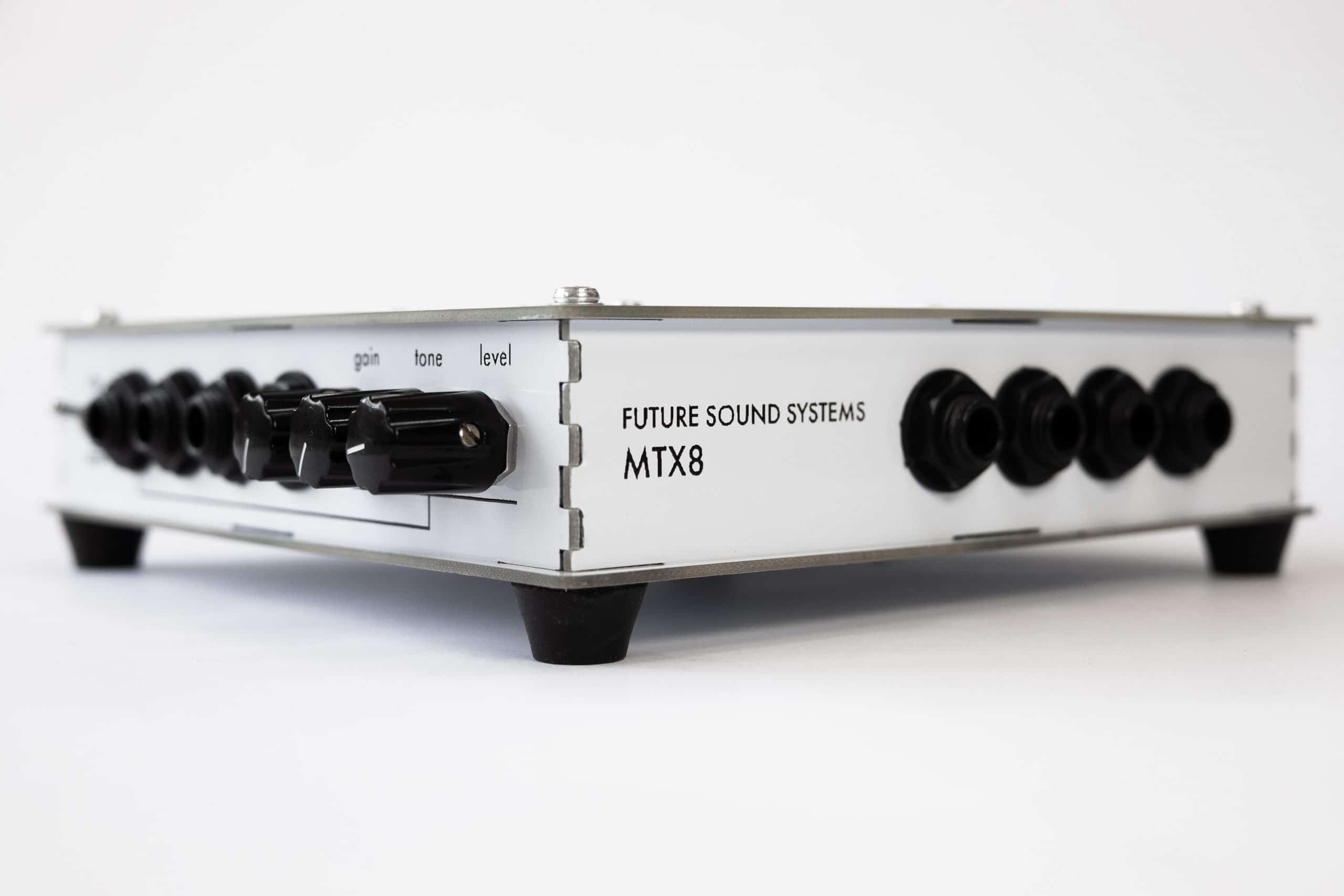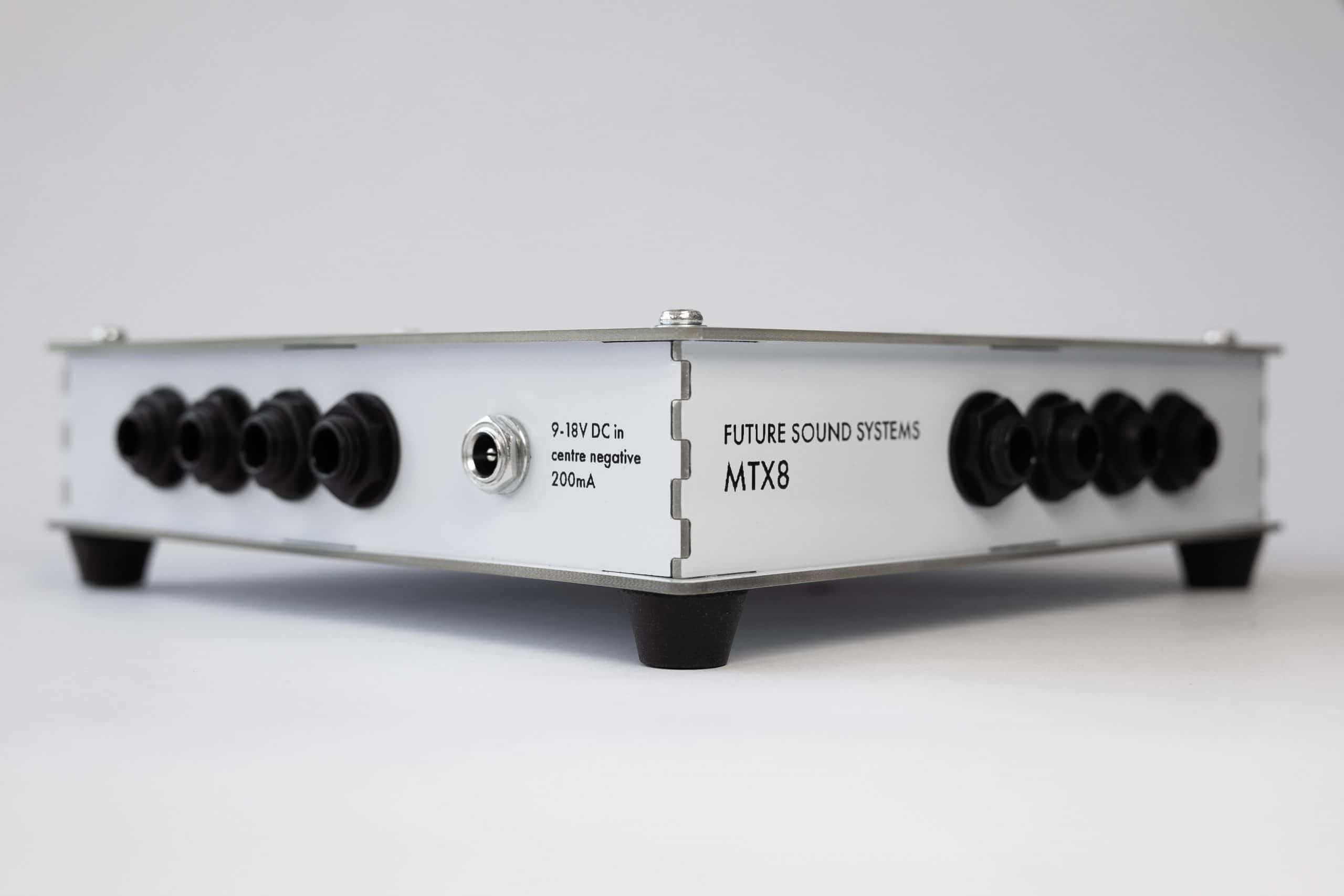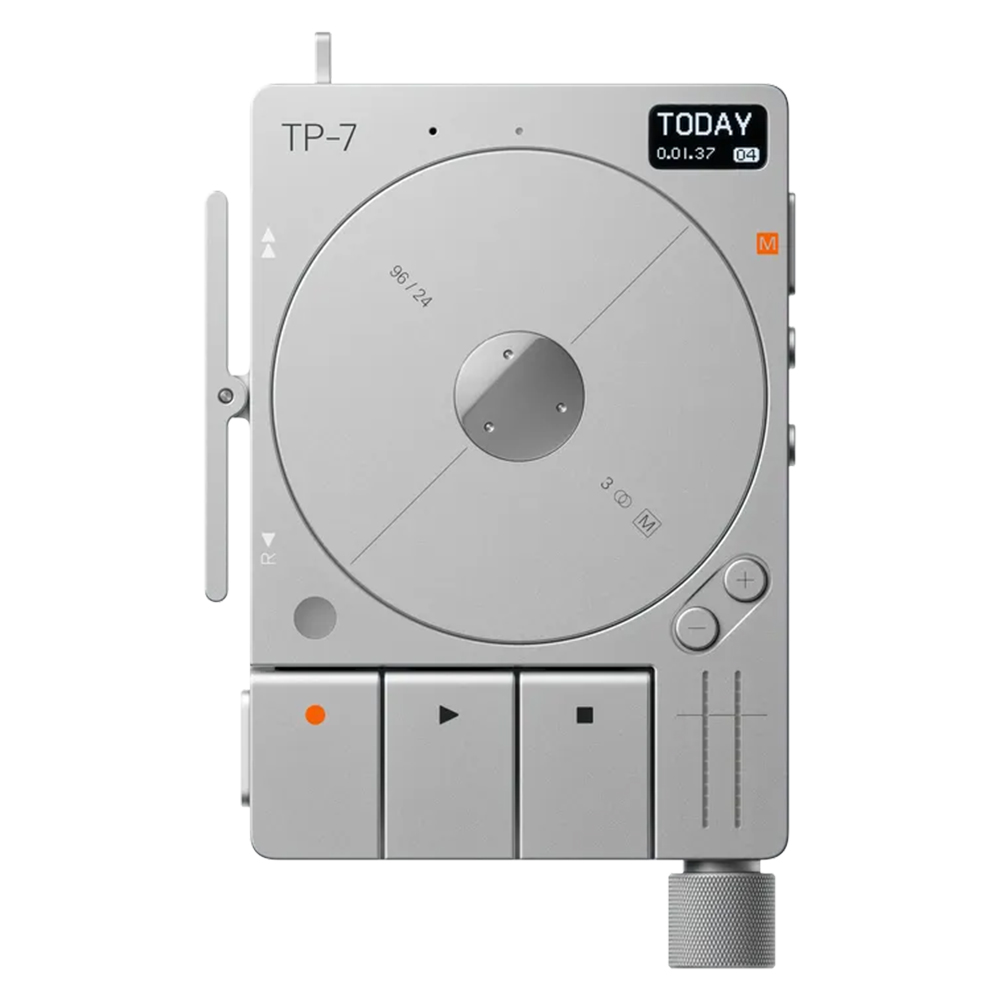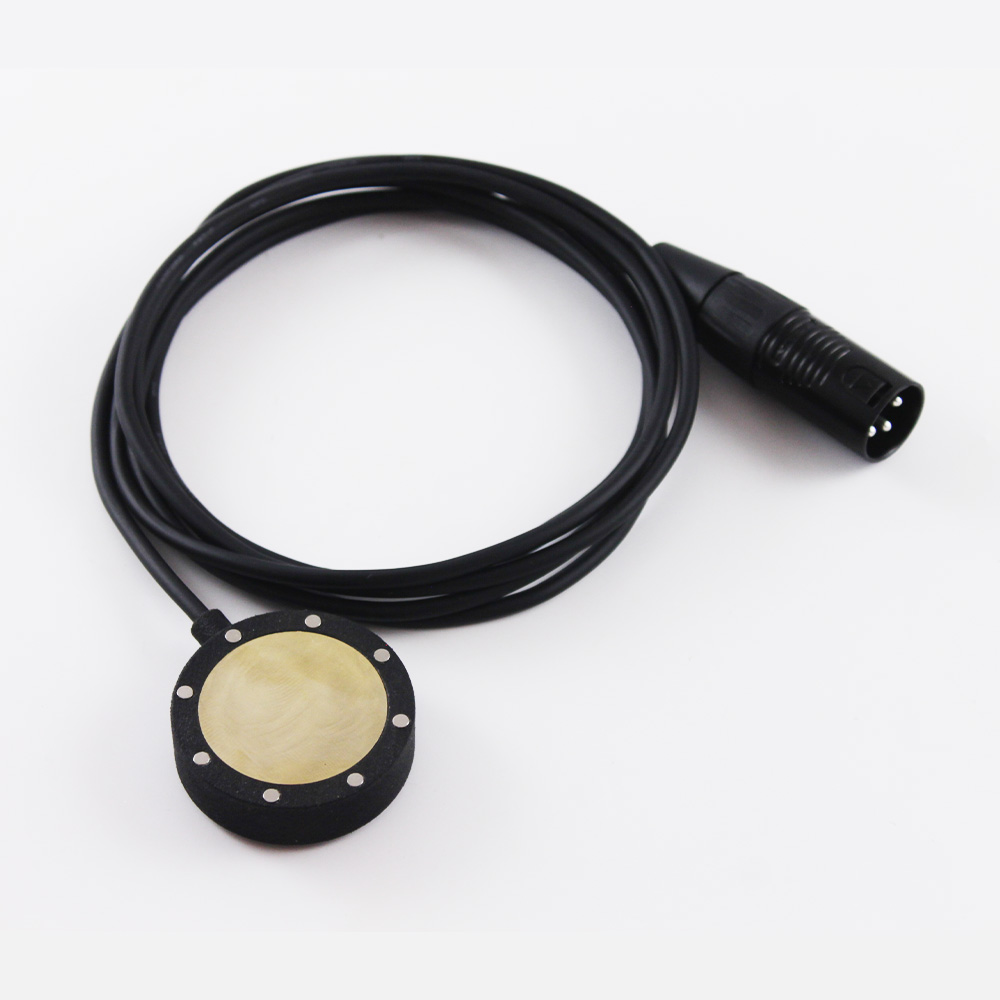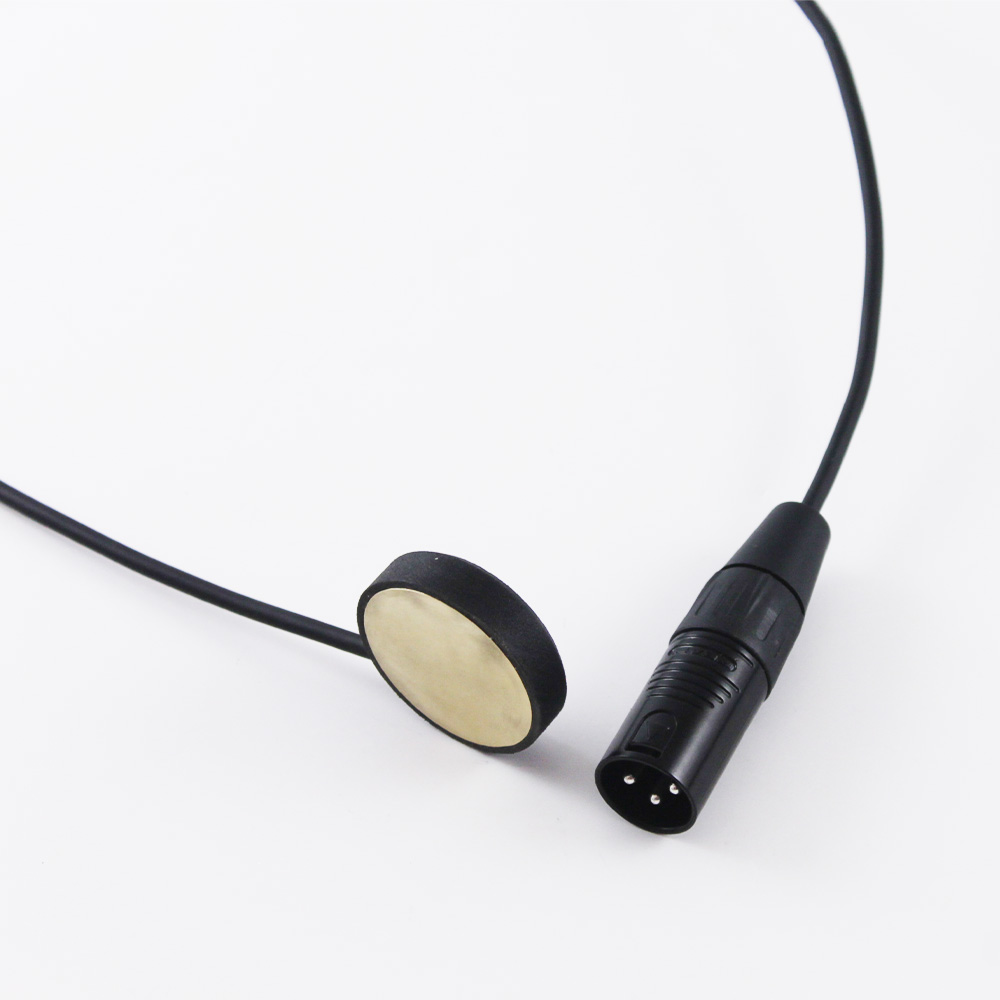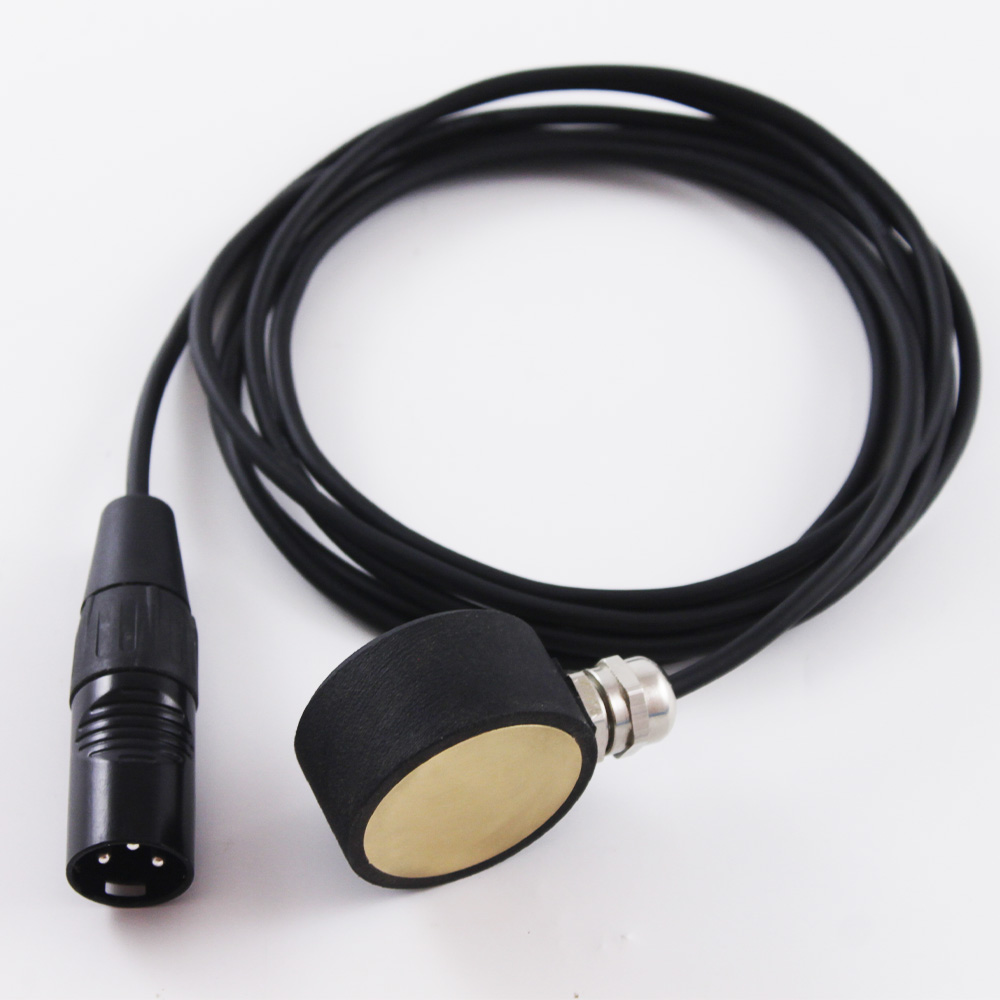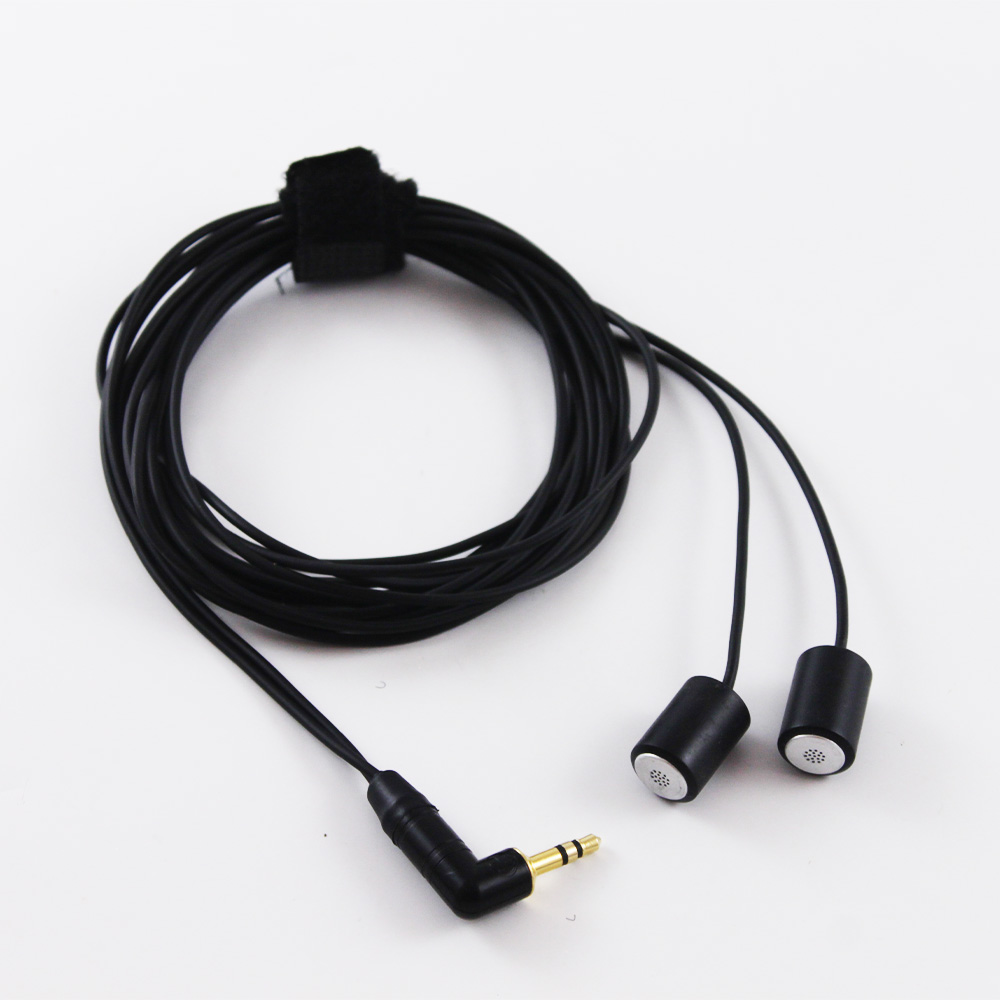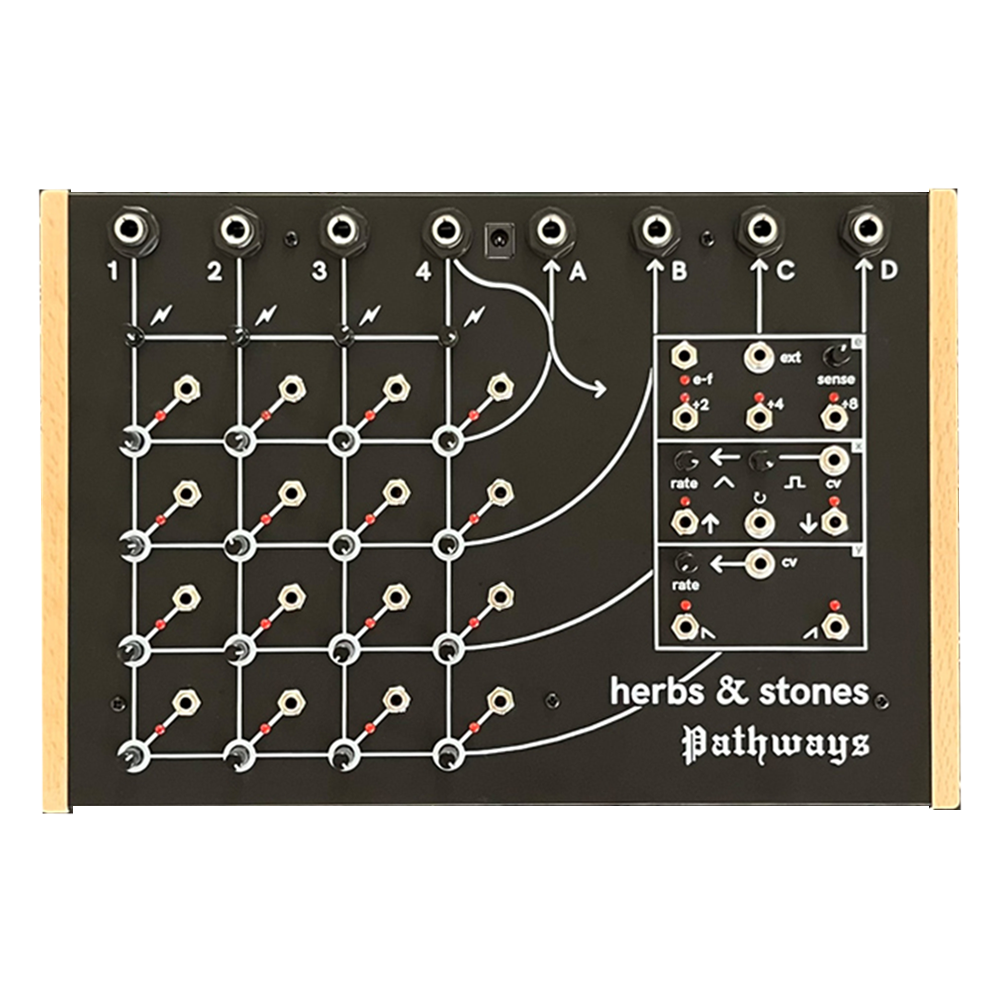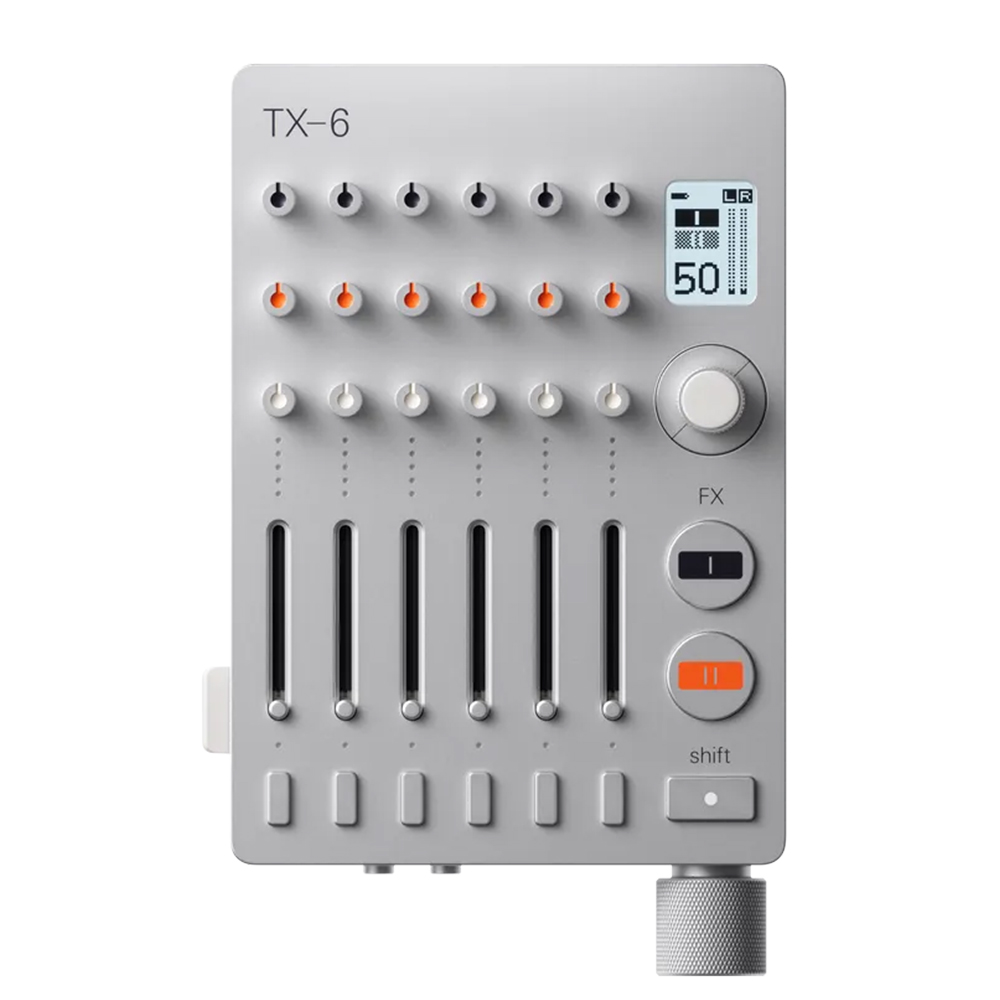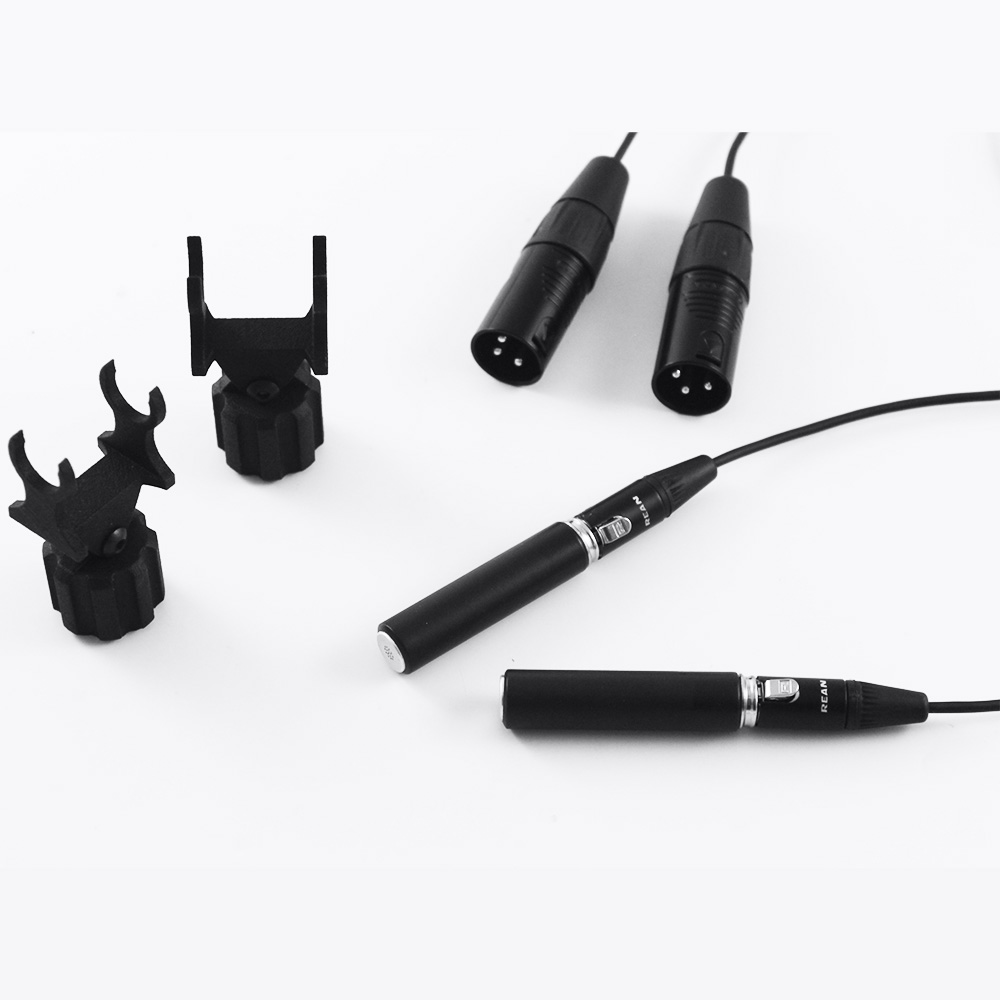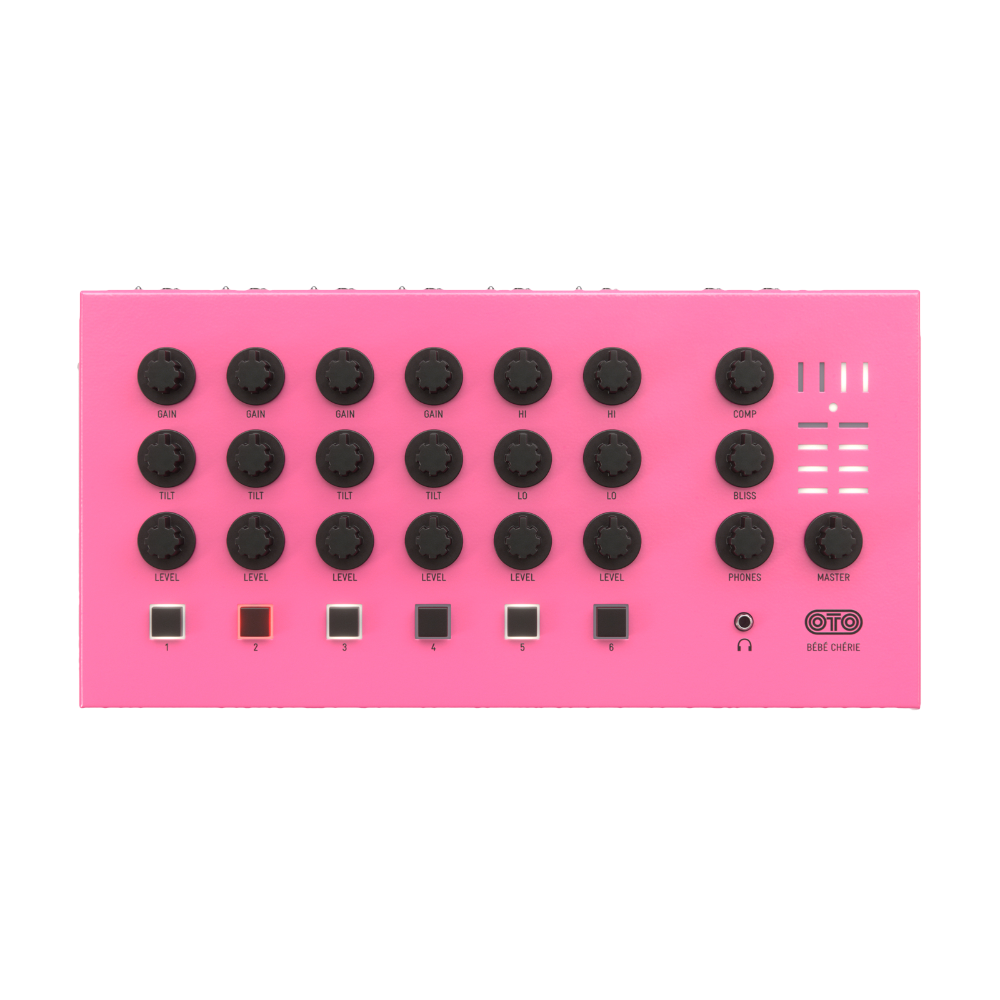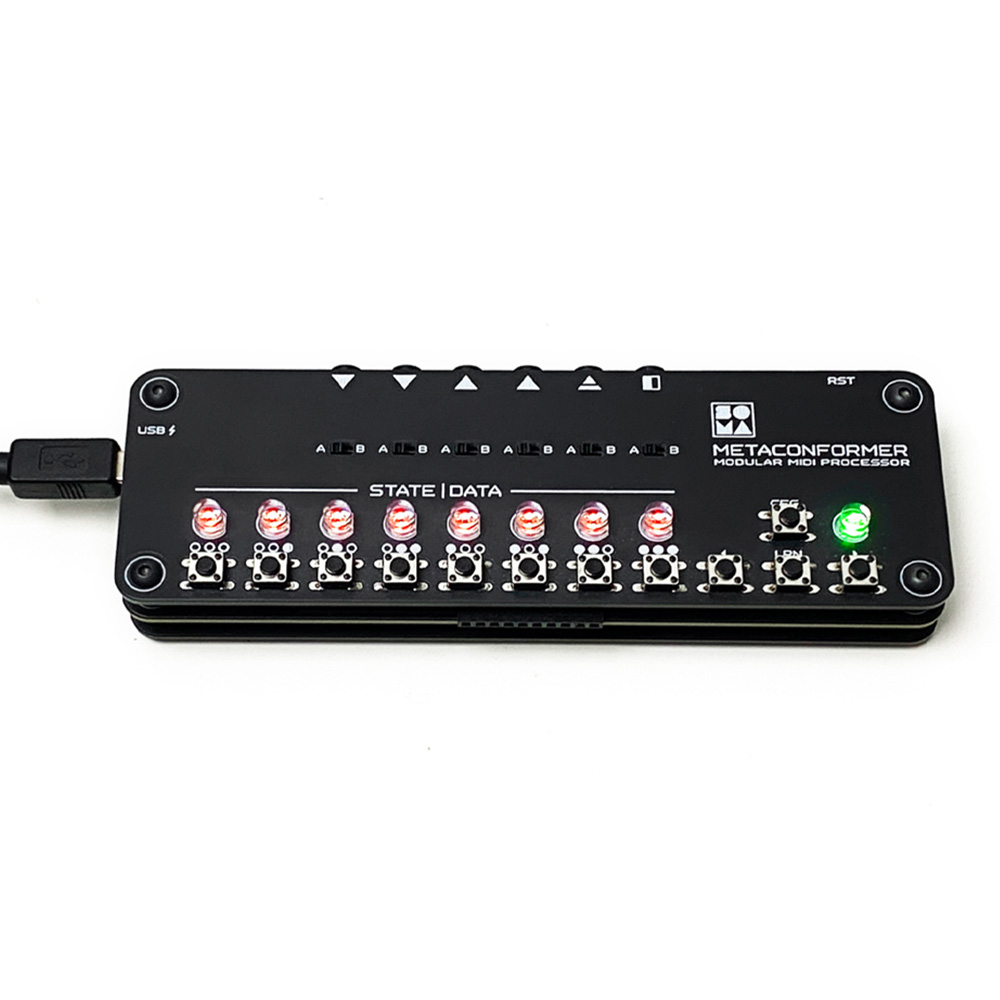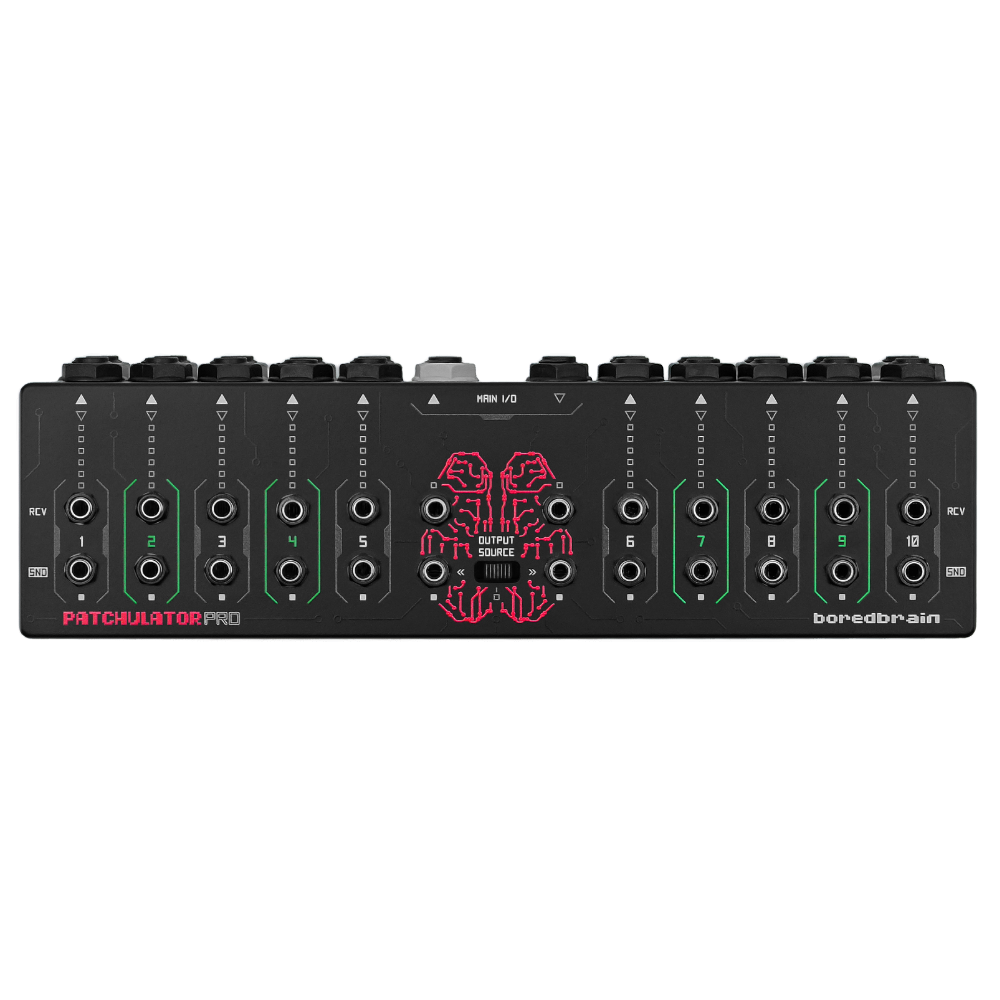Now you can take advantage of the creative control and possibilities of the FSS MTX range, without the need for a Eurorack system. MTX8 lets you route, sum, create feedback paths, and add distortion and character to your audio signals.
Make MTX8 the heart of your studio or pedalboard. Connect your interface, pedals and outboard to it and never have to worry about tracing cables again. Build your desired signal chain by simply dropping pins into the matrix. MTX8 is also designed to be written on – this way you always know what is connected where. A dry-wipe pen is included, as well as a set of ten pins. For more permanent installations, an alcohol based permanent pen could be used, and then erased using isopropyl alcohol.
It comes in two versions:
MTX8 Standard
The standard MTX8 is an 8 input, 8 output, active analogue device, featuring full buffering of all inputs and outputs, allowing parity gain summing. Routing configuration is achieved by use of a 64-point pin matrix. Inserting a 2mm banana pin into a point on the matrix connects that input (the numbered vertical axis) to a corresponding output (the lettered horizontal axis). All inputs and outputs on the MTX8 are ¼ inch jacks. The device is unbalanced but will pass balanced signals fed to/from it via two or three pole jacks.
It requires 9V DC, 200mA, centre negative power. This follows the standard of high power guitar pedals. A power supply for your territory is included in the box, however it is recommended that you use the best guitar power supply you have available. Devices such as the Voodoo Labs Pedal Power range are ideal. Internally, it runs on ±15VDC rails, so is able to tolerate “professional” line level signals without problem (up to around +24dBu).
MTX8 Guitar
MTX8 Guitar is the same as the standard MTX8, except Input 1 features an input stage based on a Tube Screamer-type distortion pedal. It can be used to add gain and distortion to a guitar or microphone signal. It features a very high gain amplifier with clipping circuitry. The clipping circuit can be switched in and out as desired. The clipping characteristic is asymmetric, emulating the clipping behaviour of thermionic valves.
This input also features a high impedance JFET front end, an aggressive tone control, and has a first order high-pass characteristic with a -3dB point of around 200Hz which prevents low-frequencies from affecting the clipping behaviour adversely. A guitar could be connected to any of the MTX8’s inputs if a flat, parity gain, clean signal is desired.
